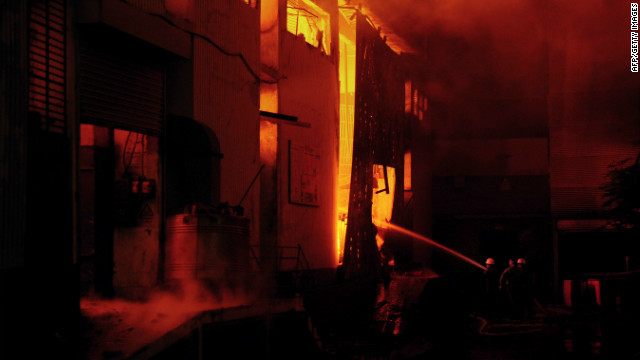RANCHI: As many as 55 bodies which were lying unclaimed at the mortuary of the Rajendra Institute of Medical Science (RIMS) here were finally cremated on the bank of Jumar river on Sunday. The forest department provided wood for the cremation of the bodies. A local NGO which came to know about the unclaimed bodies at the RIMS morgue cremated these according to Hindu rituals on river bank.
RIMS director Tulsi Mahto said it was not the responsibility of the hospital to dispose of unclaimed bodies.
"There no time limit prescribed in law for disposal of the bodies which lays unclaimed for long. When it's a dead body where nobody comes forward to claim it then it becomes a state property. Hence it's the states responsibility to dispose of such bodies. Today the 55 unclaimed bodies were disposed of with help on an NGO," Mahto said.
The Ranchi Municipal Corporation (RMC) health officer said, "The problem was from the forest department who were not providing wood for the cremation. Now when they provided the wood the bodies were finally cremated." The forest department provided 155 quintals of wood for the purpose, while the RMC provided labour for cleaning and vehicles to carry the bodies to the cremation site.
"The bodies were in such bad shape that it was difficult to distinguish their sex. Most of them were in a decomposed state and were totally disfigured," Murda Kalyan Committee president Tubul Charkrabarty.
Thursday 18 October 2012
http://timesofindia.indiatimes.com/city/ranchi/NGO-disposes-of-55-unclaimed-bodies/articleshow/16816379.cms
RIMS director Tulsi Mahto said it was not the responsibility of the hospital to dispose of unclaimed bodies.
"There no time limit prescribed in law for disposal of the bodies which lays unclaimed for long. When it's a dead body where nobody comes forward to claim it then it becomes a state property. Hence it's the states responsibility to dispose of such bodies. Today the 55 unclaimed bodies were disposed of with help on an NGO," Mahto said.
The Ranchi Municipal Corporation (RMC) health officer said, "The problem was from the forest department who were not providing wood for the cremation. Now when they provided the wood the bodies were finally cremated." The forest department provided 155 quintals of wood for the purpose, while the RMC provided labour for cleaning and vehicles to carry the bodies to the cremation site.
"The bodies were in such bad shape that it was difficult to distinguish their sex. Most of them were in a decomposed state and were totally disfigured," Murda Kalyan Committee president Tubul Charkrabarty.
Thursday 18 October 2012
http://timesofindia.indiatimes.com/city/ranchi/NGO-disposes-of-55-unclaimed-bodies/articleshow/16816379.cms






